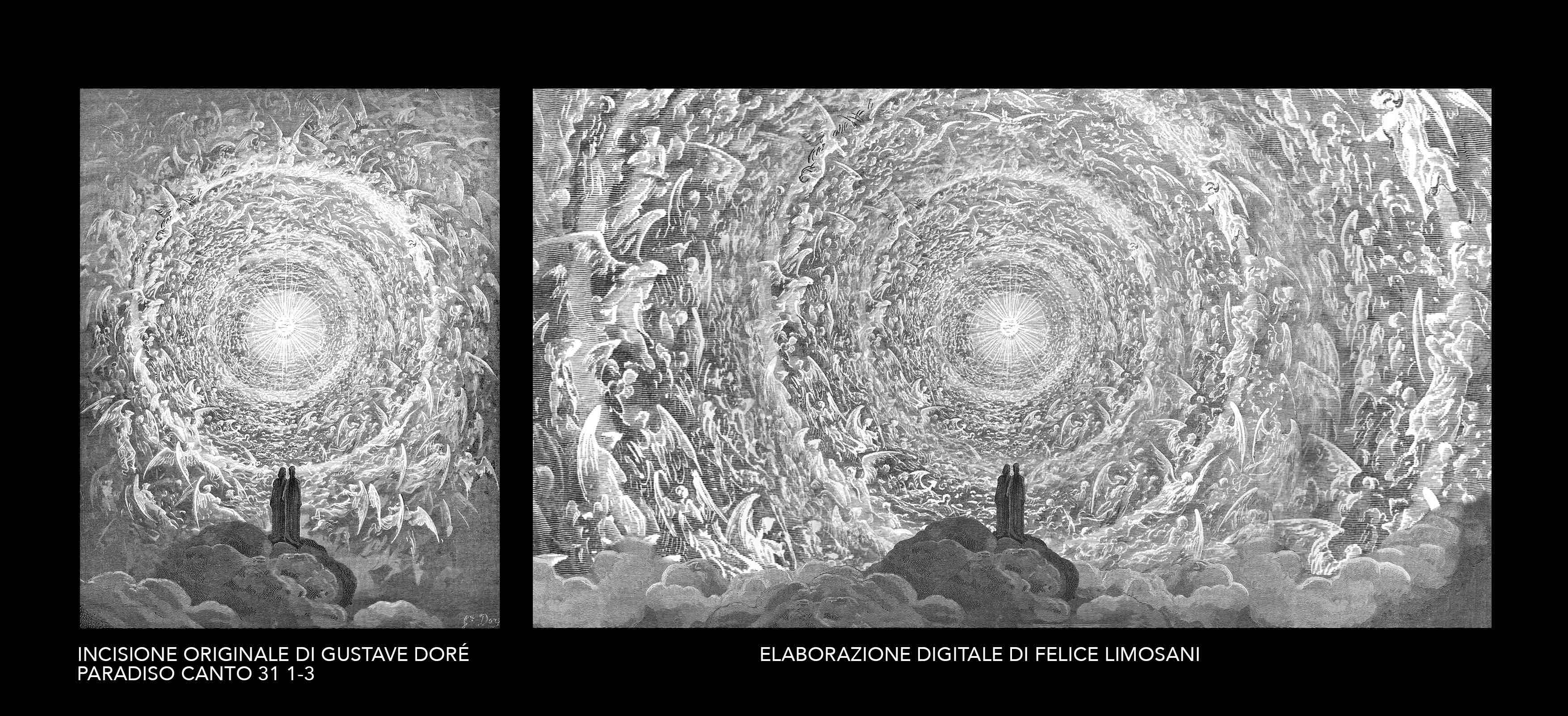Dante Alighieri. A tree that bears fruit, not a chasm that swallows

700 years have passed since Dante Alighieri's death, yet the lines of his allegorical-didactic poem written in chained triplets and hendecasyllables continue to be read, studied, interpreted. Not only. And Gustave Doré, visonary and eclectic artist of the nineteenth century considered the greatest interpreter of the Middle Ages, with his 135 tables of the Divine Comedy, now kept by the Alinari Foundation in Florence, gave a very evocative and compelling interpretation of the imaginary journey undertaken by the narrator , allowing to "see" with the eyes of the narrator the three otherworldly realms that led him to the vision of the Trinity.
The latter, which will also be digitalised, are the focus of the exhibition dedicated to the father of the Italian language "Dante, the eternal poet" scheduled from 14 September 2021 to 10 January 2022 in the spaces of the Monumental Complex of Santa Croce in Florence.
It is a very articulated project-event with an interactive path that develops between static images and virtual reality that promises a real immersion in the world and in the thought of the Supreme Poet. Felice Limosani, digital story teller, is the creator who was inspired by a phrase by Alighieri who defined himself: "A tree that bears fruit and not a chasm that swallows". There will therefore be no "explanations" of his works but a "story" of his universal language starting with the cultural, moral and spiritual legacy. «His boundless legacy does not remain immobile but has the extraordinary ability to renew itself and speak to us every time in a different way. Dante's wonder is that it always remains current: century after century his huge and multifaceted work. Starting from the Divine Comedy, in fact, he always has new levels of reading and knowledge» commented Tommaso Sacchi, Councilor for Culture of the Municipality of Florence.
But there is more. The project has another objective: to create a large exhibition with contents that can also be used as digital teaching in schools, to also be included in scientific programming for the benefit of social activities and hospital care.
«The digital revolution not only opens up to new expressive visions with new languages, but is changing the way in which culture is represented, enjoyed and disseminated» underlines Felice Limosani. The combination of technology and art offers an innovative synthesis, a digital humanities, in short, which offers greater benefits than those obtainable than the sum of both. In this dimension, the historical and cultural heritage is made current and shared as a multidisciplinary experience that expands into the museum, educational and social spheres, to the point of combining culture, education and solidarity. With this rigorous approach, culture spreads. «In this regard, collaborations have already been started for the planning of a technical-scientific work that in various ways involves educators, teachers, pedagogues, psychologists, sociologists, neuroscientists and experts from the Community of San Patrignano, from the Foundation of the Meyer Pediatric Hospital of Florence to the Dino Compagni Institute of Florence and of the San Niccolò Conservatory of Prato».
«Recent published studies have shown that cyber therapies and simulated multisensory realities have a positive impact on reintegration, social rehabilitation and treatment programs» concludes Beatrice Garagnani Ferragamo, Honorary President of the Scientific Committee.
Photo 1: on the left the original engraving Paradiso Canto 31 1-3 by Gustave Doré, on the right the digital elaboration by Felice Limosani.
Photo 2: Santa Croce in Florence.




